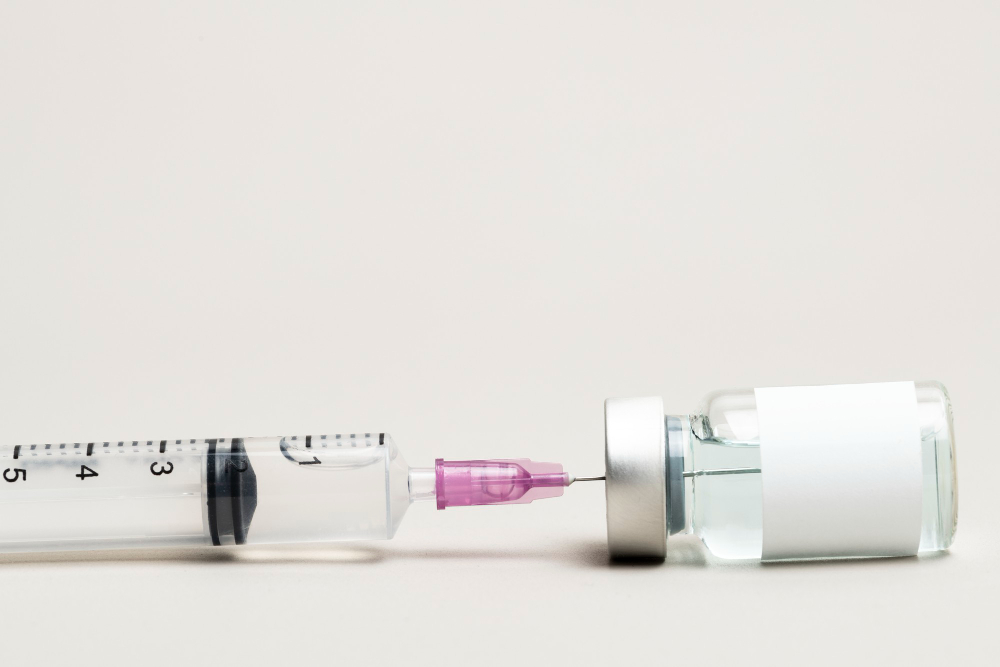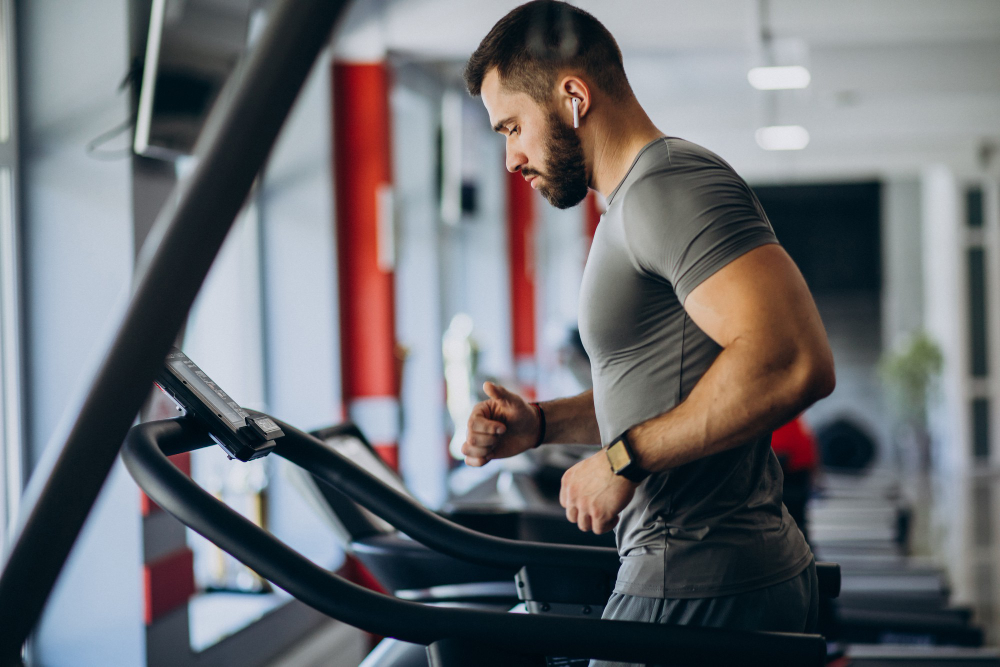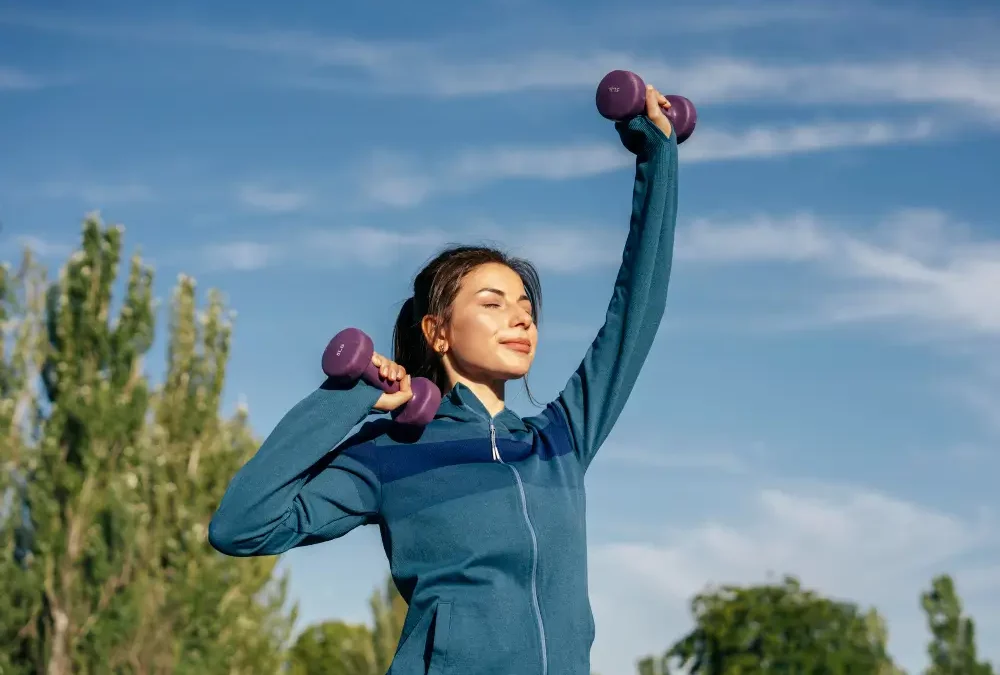By examining the physiological effects of exercise on filler stability and patient outcomes, the article seeks to inform healthcare providers about best practices for post-treatment care and optimize patient satisfaction and safety.
Avoiding exercise after dermal filler treatments is important to prevent increased blood flow and facial movements that can displace the filler and affect the results. Exercise-induced sweating can also raise the risk of infection at the injection sites. Resting for the recommended period helps ensure the fillers settle properly, leading to more stable and desirable outcomes.
Doctors often worry that patients will hit the gym after getting Juvederm fillers. Working out can worsen swelling and bruising after treatment, and exercise might make the fillers break down faster for some people. Juvederm treatments are popular for reducing wrinkles and adding volume to the face. After getting Juvederm, patience is vital. Doctors often suggest waiting at least four hours before any exercise. This helps the filler stay in place and work better. For those who love working out, taking it easy for 48 hours is wise to avoid bruising or moving the filler around.
This article aims to clarify these concerns by examining how exercise affects filler results and safety.
Key Takeaways
- Exercising too soon might lead to swelling or even make your new look not last as long. Plus, taking it easy ensures you get the best out of your treatment and keeps you looking great.
- Heavy workouts can break the fillers faster, especially for active people. It’s common to see bruising or swelling if you rush back into a fitness routine. So, taking a short break from intense activities can make a big difference in how well your treatment works and lasts.
- Doctors who order Juvederm should take note of every patient’s physical constitution to give a tailored post-treatment plan.
Understanding Juvederm Dermal Fillers
Moving from the key takeaways, we delve into what Juvederm is and how it works. Juvederm dermal fillers are gel-like substances injected under the skin. They help smooth lines, soften creases, or enhance facial features like lips.
The main ingredient in Juvederm is hyaluronic acid, which naturally occurs in our skin and keeps it hydrated and voluminous.
Exercise should wait 24 to 48 hours after Juvederm. Patients must avoid intense physical activities immediately after treatment to ensure the best results. This caution helps prevent increased swelling or bruising that could disrupt the filler’s placement and absorption process.

What is Juvederm?
Juvederm is a facial filler that smooths out wrinkles and adds volume to the face. It uses a gel made from hyaluronic acid, a naturally occurring substance in the skin. This gel helps bring water to the skin’s surface, making it look fresh and full.
Juvederm treatments target different areas of the face, such as cheeks, lips, and around the mouth. By injecting this filler, doctors can reduce wrinkles and create a youthful appearance.
People choose Juvederm for areas like lips, cheeks, and around the mouth. Doctors recommend patients avoid exercise right after getting Juvederm. Exercise can increase blood flow and might cause more swelling or bruising. It’s best to wait 24 to 48 hours before hitting the gym again.
How does Juvederm work?
Juvederm uses a special gel made from hyaluronic acid, a substance found in our bodies that helps skin stay moist and full. When injected, Juvederm gel adds volume to the skin, smoothing out wrinkles and lines. It works by grabbing onto water molecules in the skin, making the treated areas look fuller and more youthful.
This filler can make lips, cheeks, and other parts of the face look better immediately. You can see changes quickly but worsen over time as swelling decreases. One thing that sets Juvederm apart is its lasting power—effects can stick around for up to a year, depending on what product you use and your body’s response.
Common Areas Treated with Juvederm
Juvederm fills in wrinkles and adds volume to the face. It works well on the cheeks, lips, and around the mouth. People use it to get smoother skin and fuller shapes in these spots.
Doctors also use Juvederm under the eyes to reduce dark circles or bags. It can also make hands look younger by adding volume back. Each area needs a special touch for the best results. The goal is always to make patients look fresher versions of themselves without anyone guessing they need help.
Juvederm offers a versatile solution for enhancing facial features and correcting signs of aging, providing natural-looking results.
Impact of Exercise on Blood Flow
Exercise speeds up blood flow. This is because your muscles need more oxygen when you move. Your heart beats stronger and quicker to send oxygen everywhere in your body. For people with Juvederm fillers, this quick blood flow can change things.
It might make the filler move to places it shouldn’t be or break down faster. After getting fillers, doctors say not to do hard workouts for 24 to 48 hours. This helps avoid too much pressure on your face, which can lead to swelling or bruises.
It is keeping your heart rate standard right after treatment stops problems before they start. Simple activities like walking are OK, but save the tough stuff for later. Listening to these tips helps the filler stay where it should be and look its best.
Importance of Individualized Care Plans
Every patient is unique, and their bodies respond to treatments in different ways. Making a care plan ensures they get the best results and face fewer risks after getting fillers.
It means examining their health, how active they are, and what they hope to see change with their treatment. This approach helps avoid problems like swelling or not getting the look they want. A good plan also considers when it’s safe to start exercising again. Since most doctors suggest waiting 24 to 48 hours before working out, each patient needs clear advice that fits their situation.
For those who love to stay active, this wait can seem long, but it’s crucial for making sure the filler works as it should. Listening and adjusting plans based on individual needs shows patients that their safety and happiness come first, making them more likely to trust their healthcare provider.

Conclusion
Waiting a day or two after getting Juvederm before doing any heavy exercise is brilliant. This gives your filler time to settle in. Working out too soon can worsen swelling or bruising, and it might even cause the filler to break down faster than usual.
Everyone’s body reacts differently, so talking with your doctor about what’s best for you is vital. They’ll help guide you on keeping your fitness routine and fillers working well together. The doctor should always tailor Juvederm healing time after treatments.
References
Study about exercise
https://www.ncbi.nlm.nih.gov/pmc/articles/PMC8819209
Aftercare for fillers
https://www.healthline.com/health/beauty-skin-care/lip-fillers-aftercare
